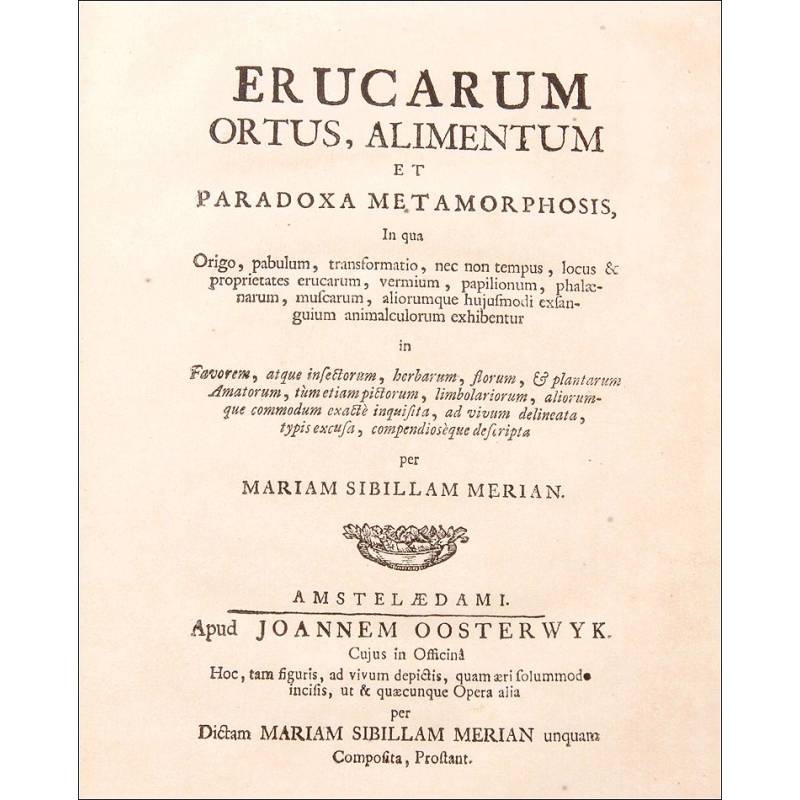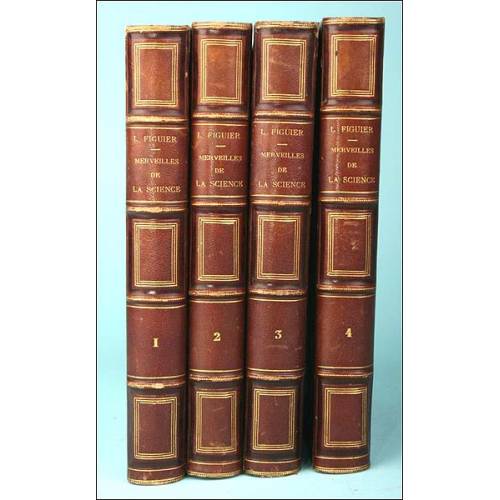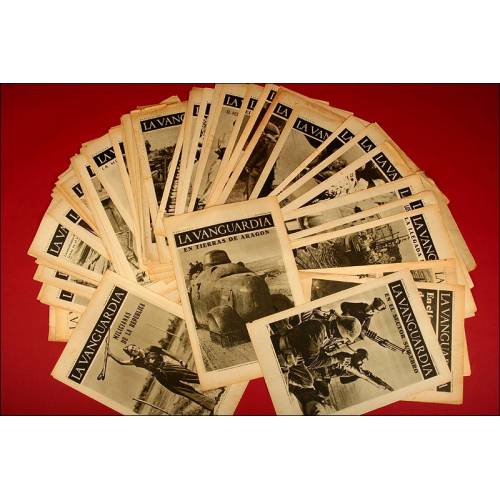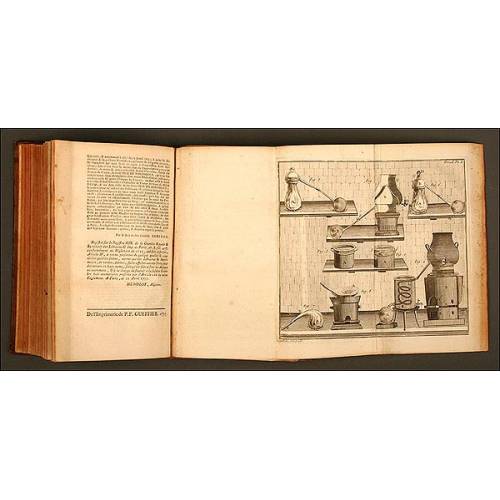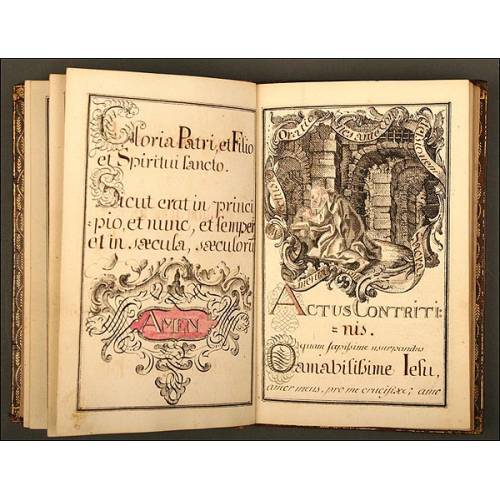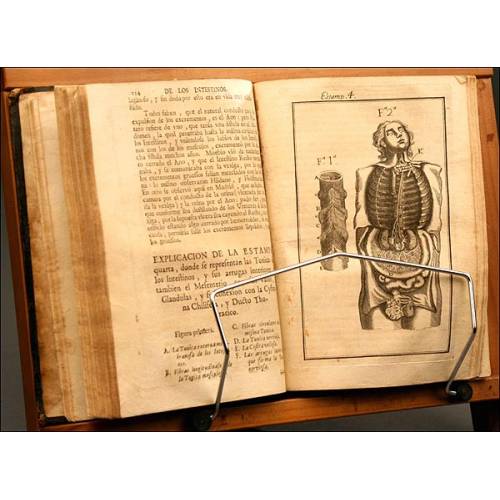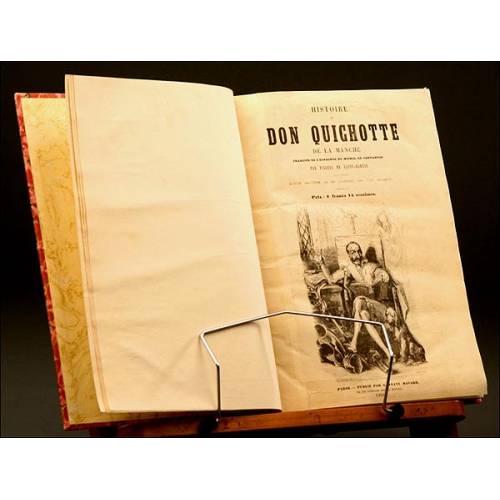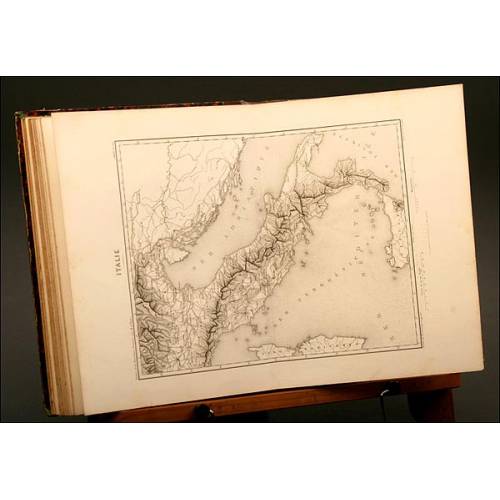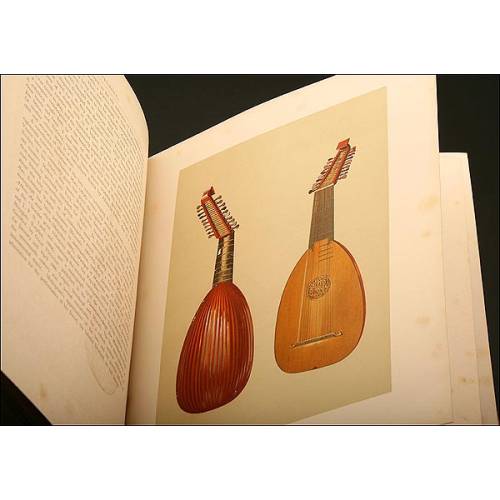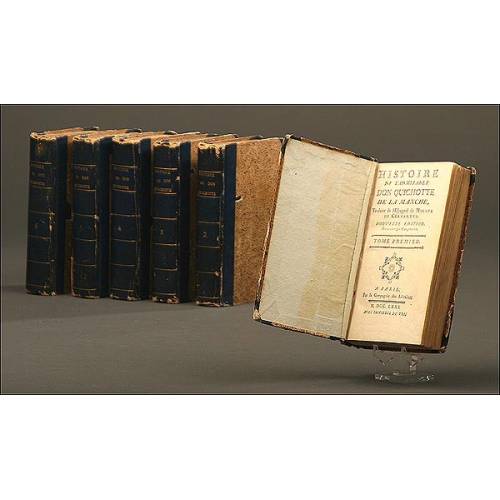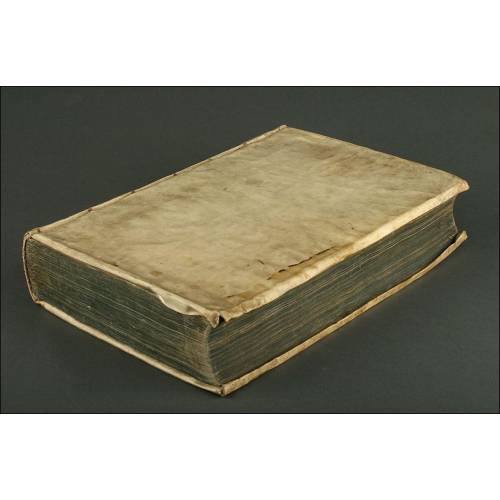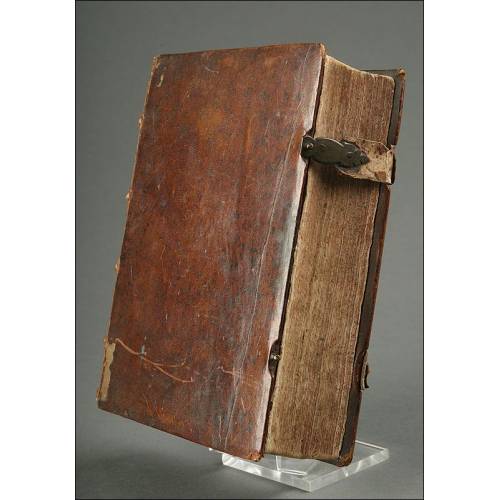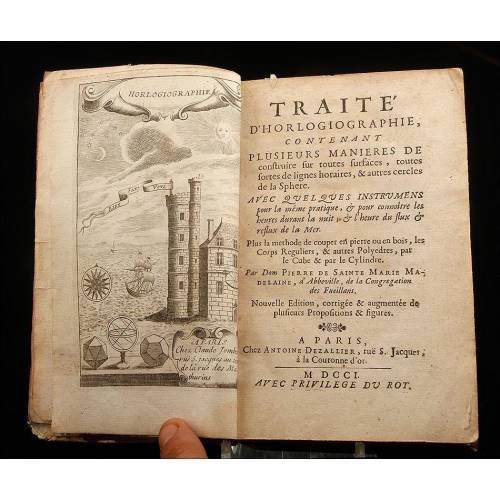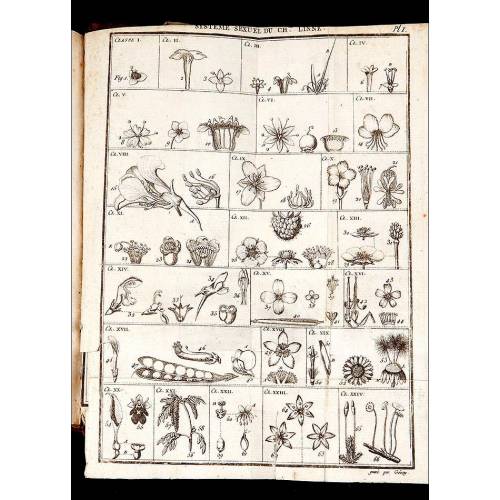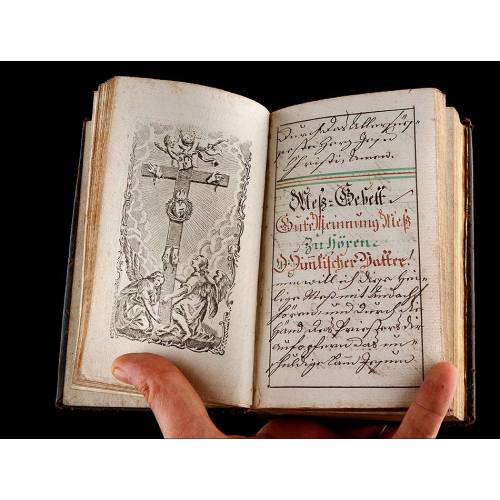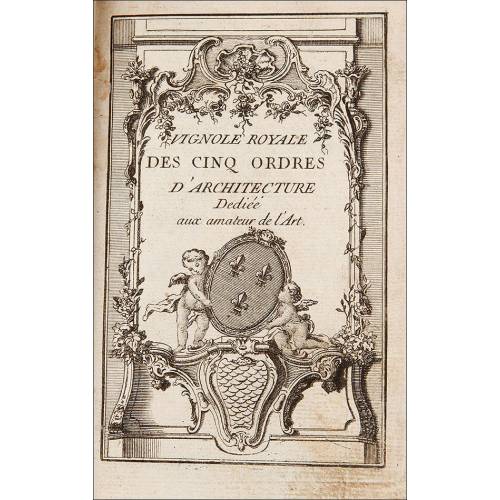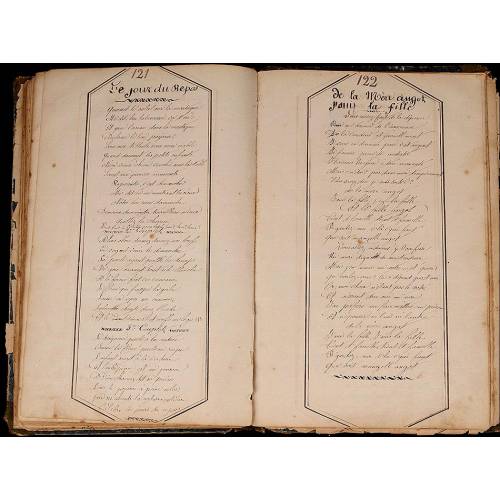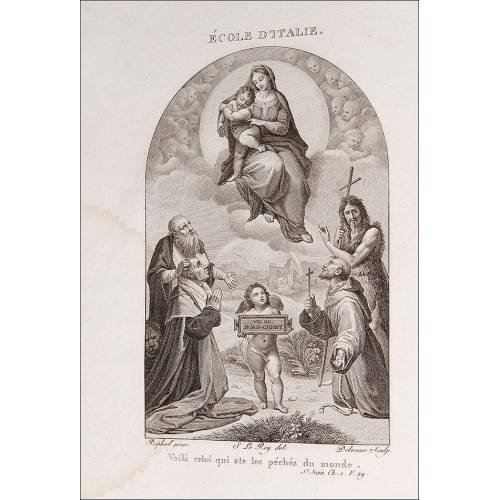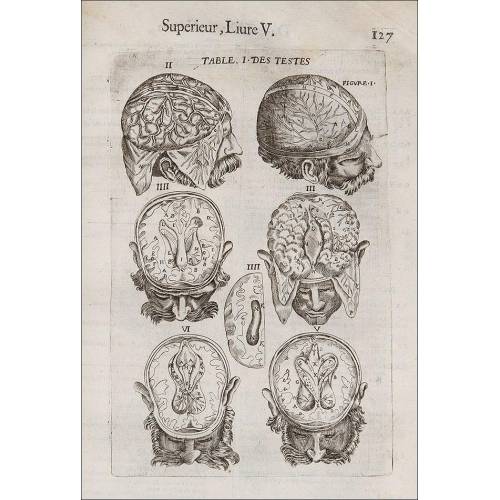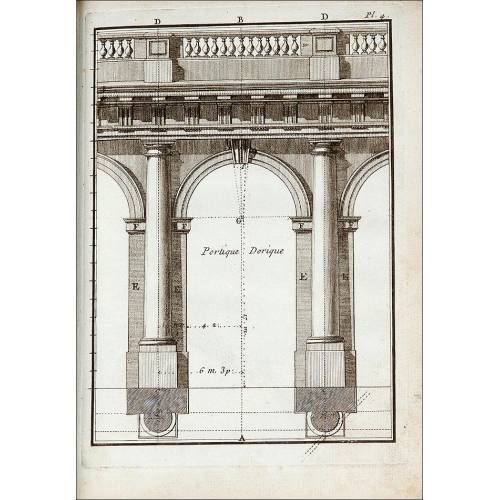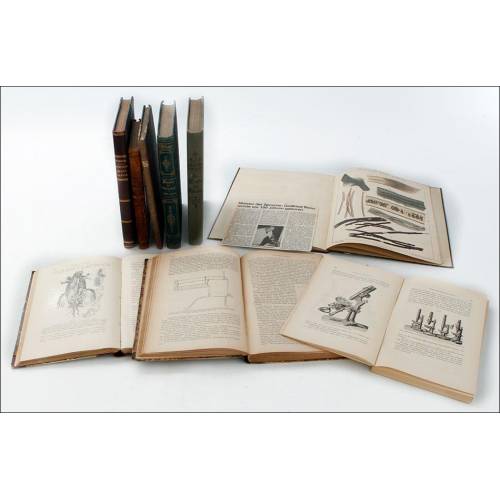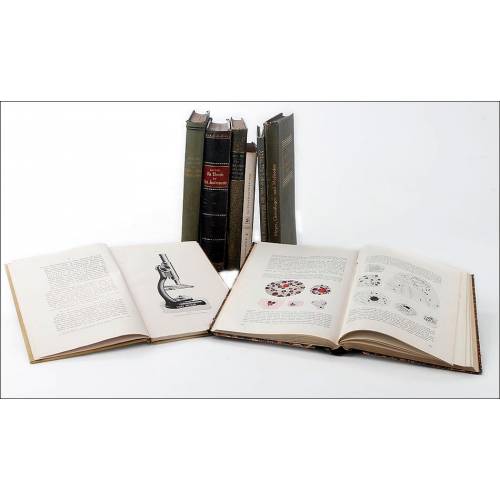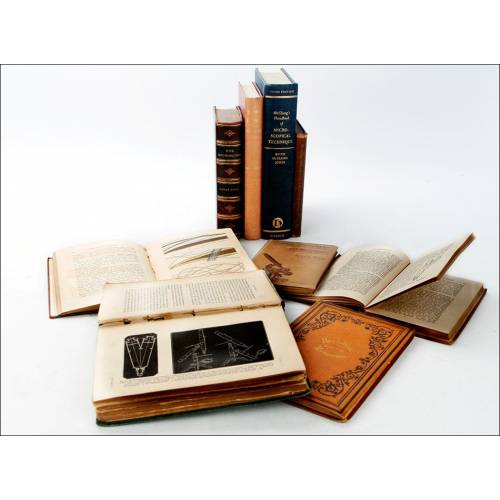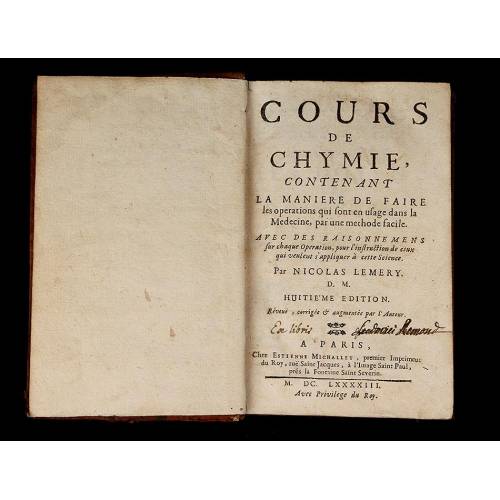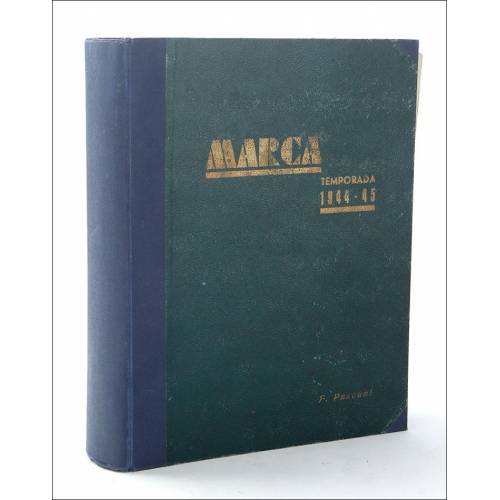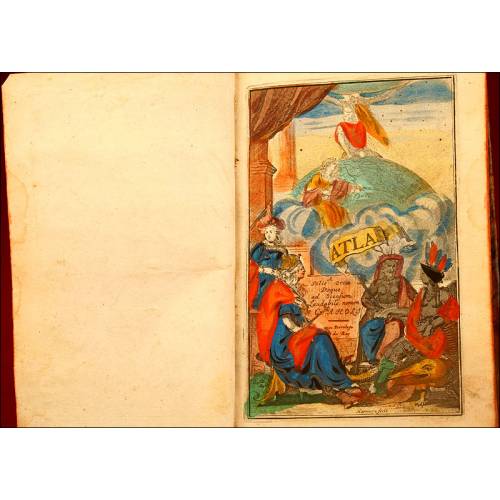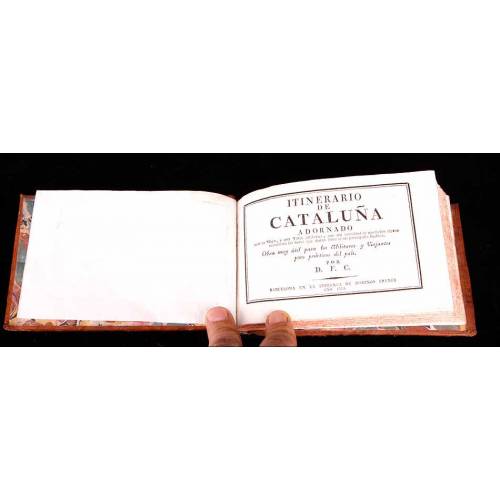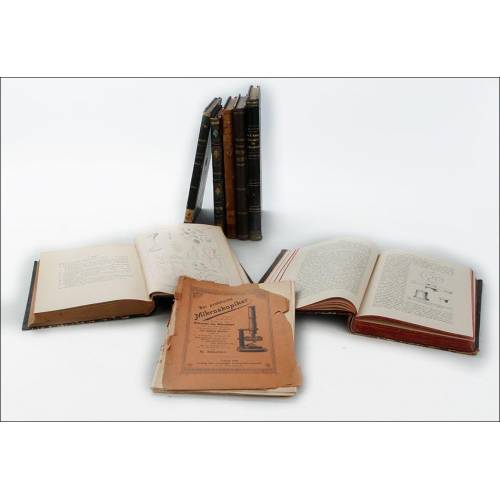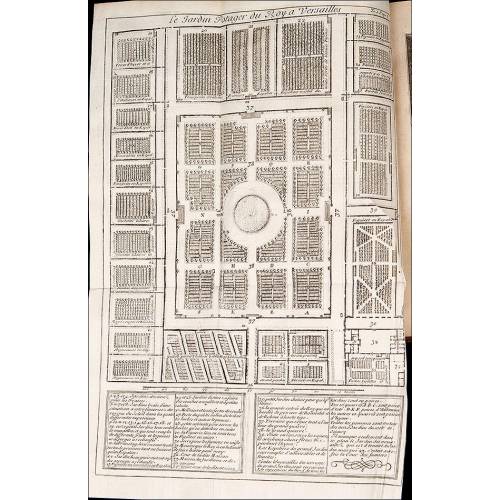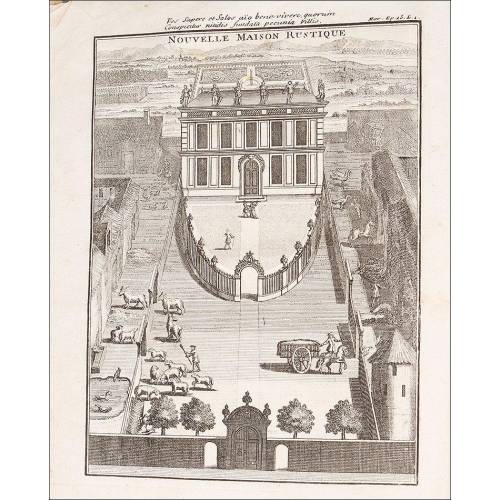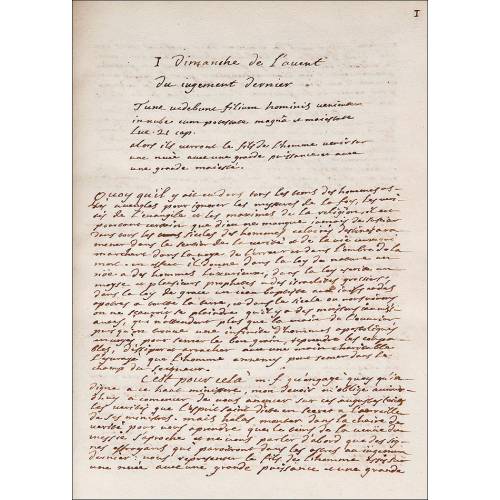C-141
Erucarum ortus, alimentum et paradoxa Metamorphosis, 1717.
Wonderful antique book, first edition of the work Erucarum ortus, alimentum et paradoxa Metamorphosis by Maria Sibylla Merian. With 150 engravings.
Sold!
Awesome antique entomology book, a first edition of the classic Erucarum ortus, alimentum et paradoxa Metamorphosis by the German naturalist, traveler and artist Maria Sibylla Merian (1647-1717) published in 1717.Abebooks Value: More than £ 65,000 (not the same, but colored): https://www.abebooks.co.uk/servlet/BookDetailsPL?bi=1022916601 ValueMyStuff Value: More than £ 19.000 (value uncolored): https://www.valuemystuff.com/en/item-page/valuation-certificate?id=5937db3585a3090c40a209d3This book was published by her daugther Dorothea son after her mothers death. The item that we can see in these images is a first edition of the work and contains 150 non-colored copper-plate engravings. It is a really valuable item for its ancient age and for being a work by one of the first women that contributed to the diffusion of science throughout history. As well as for its scientific interest, this book is also a great work of art because of the gorgeous engravings it contains. The books covers bear a leather lining with gilt motives and fringes. Just like the rest of the book, they are in fine condition. The only visible signs of the trace of time and use can be seen at the spine, with chipped tips and worn parts. The leather is complete although its surface is mottled, something logical if we consider the books ancient age. The gilt motives are well preserved, shiny and complete. The cartouche with the title, located at the spine, is somewhat worn though part of the title is still legible. The covers are well fitted and thigh, with no loose pages. Considering this book is more than 300 years old, it shows an amazing condition. The text is in Latin and contains numbered sections that refer to the 150 engravings that embellish the book. Its lacking the 3 sectional titles and the portrait of Merian. In any case, I think that they are not lacking but that they never were there. It seems that fist issues of this book didnt have them. As the Luxury edition of this book, printed for the King of France, which did not have it either and that is being sold at Abebooks for more than £ 195,000: https://www.abebooks.co.uk/servlet/BookDetailsPL?bi=1249494457 . Most copies were or are hand-colored, unlike this one.This piece shows the excellence of Maria Sibylla Merians work as a naturalist. The scientist was one of the first persons that dedicated their lives to the study of insects, a subject that did not arouse any interest in those days. This wonderful antique book is a real work of art and a reference for entomologists. It is the result of the work of a real pioneer and an enormously valuable piece with a high historic, scientific and artistic interest. Measurements: Width: 7 in / 18 cm. Height: 8.2 in / 21 cm.Maria Sibylla Merian - History Historia de Sibylla Merian Maria Sibylla Merian (Frankfurt, 1647- Amsterdam, 1717) has gone down to history as one of the first women that studied and contributed to the diffusion of science, before the omnipresence of men in this field. Her interest focused mainly on zoology, and more precisely on entomology (the study of insects). Currently she is considered the mother of modern entomology. When Maria Sibylla Merian started with her studies in the 17th century, insects were believed to be born by spontaneous generation as a result of putrefaction of organic waste. These animals were despised by scientists; and the lack of interest showed by the scientific community was accompanied by the opinion of the powerful church which considered insects devils beasts. The curious naturalist soon shows a great interest for them; she started watching the silkworms in Frankfurt and then she focused on the rest of the butterflies and caterpillars. Merian wrote: "I spent my time investigating insects. At the beginning, I started with silkworms in my home town of Frankfurt. I realized that other caterpillars produced beautiful butterflies or moths, and that silkworms did the same. This led me to collect all the caterpillars I could find in order to see how they changed". As well as a gifted scientist, Maria Sibylla Merian was also an accomplished artist whose skills were encouraged by her stepfather, a painter and engraver himself. From these skills and her scientific investigations, hundreds of engravings depicting plants and insects resulted. Her firs work, published when she was only 28 (something incredible for a woman of those times) is entitled New book of flowers. Its pages are full of flower engravings, wonderfully reproduced with a remarkable personal style. Maria Sibulla Merians second great work was Der Raupen wunderbare Verwandlung und sonderbare Blumennahrung (1679) (The caterpillar, wonderful transformation and singular flowery nutrition) which was published in German. This fact had two consequences: on one hand, it made its author very popular amongst the German society; and on the other, she was despised by the closed scientific community of the time as they only published works in Latin. Later she travelled to Surinam in order to continue her research, something almost unthinkable in that time. There she drew exceptional illustrations that depict a great part of the fauna and the flora of the place. These illustrations are nowadays considered real works of art. Maria Sibylla Merian is one of the most important scientists and entomologies in history. Her female condition was the reason for her work to have been upstaged, but nowadays her name and her work is at the level of the greatest scientists of all times.

